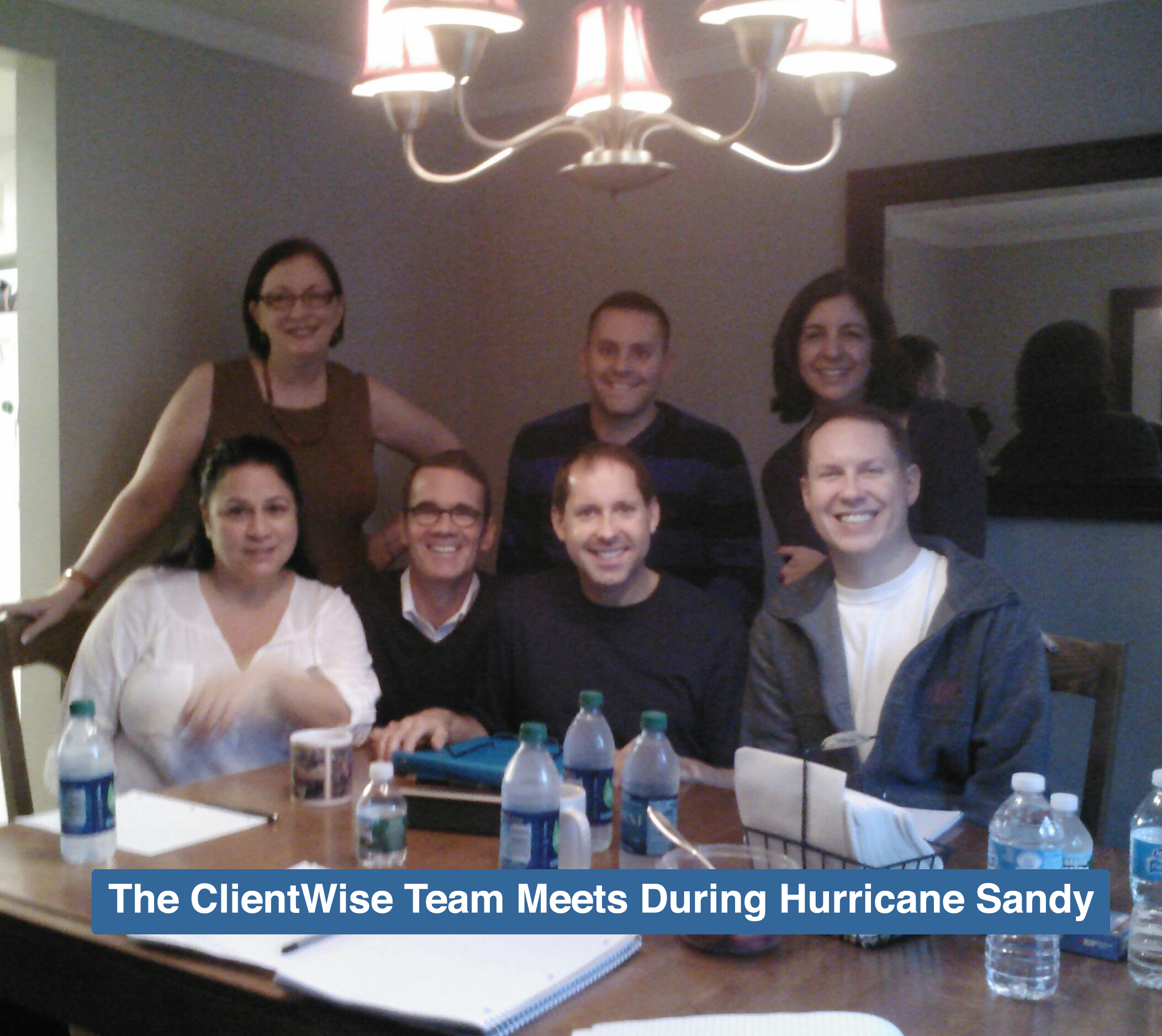How Strong Is Your Team?

A true team is a group of people who are fully committed to mutually defined and extraordinary success of the group as a unit, and hold themselves mutually accountable for the achievement of that success, as well as the methods by which success is achieved. But what distinguishes the highest-performing teams from the ordinary? A shared ambition that is significant in size, aspirational in scope, and possible to achieve; one that serves both your clients and your organization. In other words, a common intent and purpose.
A common intent and purpose gives your team a unique identity beyond that of any one individual. It inspires team behavior, bonds team members together, and provides a powerful endgame for teamwork. Its aspirational ideas and aims will drive your team’s definition of wealth management, your target client profile, your capabilities, and your client service model. Common intents and purposes are more than simple growth targets. Unlike your vision and mission statement which define where your firm is headed and how you’ll get there, a common intent describes the underlying purpose of your work and has a strong emotional component to it (e.g., helping as many newly single women find financial independence after a divorce or the death of a spouse). Without one, your team members will inevitably revert back to individual behaviors.
It’s important to note, however, that to be widely embraced rather than merely accepted, it’s critical that your firm’s common intent and purpose be co-created by your team…not simply handed down by you with the expectation of group buy-in.
Take a minute to honestly assess whether or not you’ve laid a strong foundation to foster a unified, interdependent and motivated team:
◽ I value and am dedicated to building an aspirational common intent and purpose to bond and motivate my team at a deep level.
◽ I start, encourage, and continue the conversation to set common intent and purpose.
◽ I engage team members to create goals and strategies and make decisions.
◽ I invite all to contribute to significant decision making.
◽ I assist my team in making decisions that align and link common intent and purpose to strategies, business plans, and goals.
◽ I create a work environment that fosters interdependence and mutual accountability.
◽ I guide, participate, and partner with my team to create mutual accountability.
◽ I guide, participate, and partner with my team to develop rules and structures for working together.
◽ And I guide, participate, and partner with my team to hold powerful team meetings with real results.
Keep your common intent and purpose alive by engaging team members to jointly create goals and strategies, as well as make decisions, that support its achievement. Set rules and structures for working together towards those goals and ensure that there is mutual accountability. Simon Sinek’s book Start with Why can serve as a terrific jumping off point to assist you and your team in creating a common intent and purpose.
Ultimately, the goal is to bind a team together in a journey to expanded success. Joint decision making, shared accountability, rules for working together, and powerful team meetings keep that bond strong. Your guidance, in concert with your commitment to allowing extensive team input, will help build a high-performing team that’s remarkably cohesive, innately successful, and dedicated to serving your clients.
Coaching Questions from this article:
- On a scale of 1-5 (5 being most satisfied), how satisfied are you with your team’s common intent and purpose?
- What can you do at your next team meeting to review with the team whether or not your common intent and purpose is significant in size, aspirational in scope, and possible to achieve?
- Think about your various team members. How much has each contributed to your team’s common intent and purpose? How do their goals and rewards align with it?
Topics: Team Development Leadership


